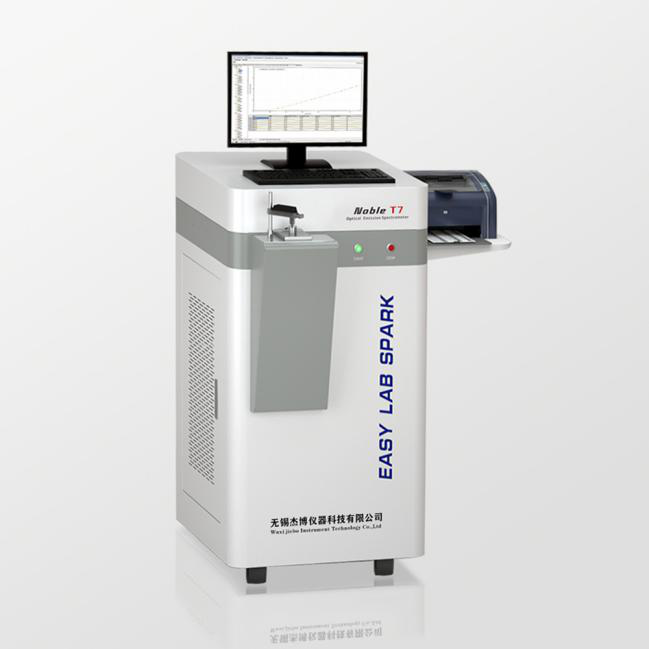1, The choice of electrodes
Reference factors: electrode type, electrode spacing.
(1) Selection of Excitation Electrode Type There are many types of excitation electrodes for emission spectrum analysis, such as carbon, copper, aluminum, tungsten, silver, and the like. Generally, different excitation electrodes are selected according to different analysis methods and analysis objects. The principle is that the selected electrode type should have better analytical accuracy in the analysis results; the elements to be analyzed should not be in the excitation electrode material; the electrode corrosion should be small; in daily analysis, it should be reused many times. Improve the speed of analysis. For example, in steel analysis, steel or analytical silver is usually not included. Silver is used as the excitation electrode. The accuracy of the analysis results is relatively high. The tip of the silver electrode should be tapered and the tip should be 90°. For example, for an excitation source that is unidirectionally discharged, the excitation electrode is susceptible to corrosion during discharge. Therefore, a tungsten rod is used as the excitation electrode, and the tungsten electrode is generally not easy to be long pointed, and it is not necessary to continuously clean the electrode hundreds of times.

(2) Selection of electrode spacing The size of the electrode spacing has a great influence on the analysis accuracy. The electrode spacing is too large, the stability is poor, it is difficult to excite, and the precision is poor. The electrode spacing is too small, although it is easy to excite, but as the number of discharges increases, the condensed state of the auxiliary electrode increases, which often causes long edges and affects the analysis accuracy, especially for components sensitive to pitch variation. Therefore, the electrode spacing should not be too large or too small, and the general analysis distance is 4 to 5 mm. The electrode spacing is usually not selectable.
2, washing, pre-combustion and exposure time selection
(1) The purpose of rinsing and pre-combustion rinsing is to minimize the air in the sample excitation stage, especially O2, H2O, etc. which have an adverse effect on the excitation. Generally, non-ferrous metals such as aluminum can be used for 2s, and for ferrous metals, 3s can be used. The rinsing time should not be too long to avoid excessive consumption of argon and prolong the analysis time.
(2) Exposure time The exposure time mainly depends on the reproducibility of the elemental analysis in the excited sample. The exposure process is the process of charging (also called integrating) the photocurrent into the integrating capacitor. The result of the integration can be considered as the average value of the photocurrent, so the integration time should not be too short. In order to ensure the accuracy of analysis, the total number of spark discharges should be 2000-3000 times, so that the light intensity and ratio of iron and analytical elements are moderate. For normal analysis, the exposure time is generally 3 to 5 s. However, it must be pointed out that the length of exposure is related to the energy of the light source.
3. Selection of high and low standard samples
There are many factors that cause curve drift in daily analysis: the lens is contaminated to form a coating, the long tip of the electrode during the excitation process will increase the background of the curve, and the argon flow, pressure, purity and room temperature environment will cause the curve to drift. Therefore, it is very important to correct the working curve frequently. It is not easy to select a standardized set of samples, including the high and low levels of all the elements to be analyzed. These standardized samples must be uniform and the data repeatability of the excitation spectrum analysis must be high. At the same time, the number of standardized samples should be as small as possible because standardized samples are expensive and require additional time for each sample.
In single point standardization, only high or low levels of standards are required. If the sample covers a wide range of content and has a high precision at low levels, then two points of standardization are required. At this time, there are two kinds of standards, one for high standard and one for low standard. Or each standard contains some high-concentration elements and other low-concentration elements as long as they can include all the elements.
